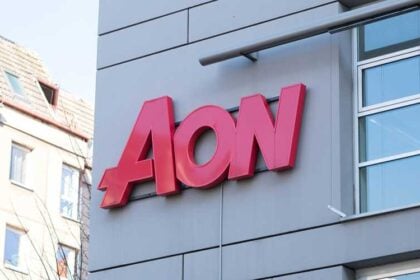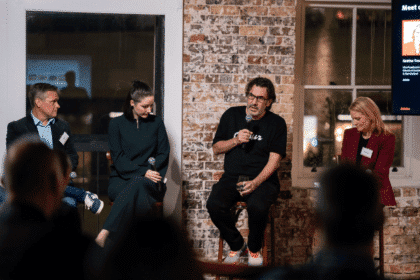In this opinion piece, Zenith’s search director, Alberto Vicente (pictured) takes a look at what will happen to paid search in a post-cookies world, seeing search through a brand marketing lens.
While the long-anticipated sunset of third-party cookies from Google Chrome will now see marketers and the online ad industry gain a reprieve until 2024, why is it that we continue to focus on the impact this will have on programmatic and social buying, while hardly anyone is talking about search?
Perhaps it seems that search will be largely unaffected by the depreciation of cookies. But in fact, paid search will need to face a very different challenge.
The fall of the attribution reign and renaissance of brand marketing
In 2024, it will have been 30 years since the first digital marketing ad – when for the first time in history, you were able to follow an individual after they saw your ad, and attribute outcomes to your advertising investment. We could then optimise the audience, improve performance, and ensure a brand’s marketing activity generated the highest possible return. Thus, performance marketing was born.
It was by no means a perfect science. The attribution system, especially the original last-interaction attribution, ignores any long-lasting effect of marketing – and boosts the channels that are closer to the conversion point (such as search). However, that didn’t stop us from using attribution to establish the new KPIs and targets of the industry. In some cases, attributed ROAS transcended into CFO chambers, and ROAS became ROI.
For paid search this wasn’t so bad. Being the intent-based channel, attribution always played in its favour. It became the performance channel. There was always justification to spend more on the channel based on that attributed performance, and it was only ever challenged by the marketing planner that saw the bigger picture.
Over the years, attribution has improved to account for longer funnels – as a tool to distribute marketing budgets across different activities. However, the system is built on our ability to identify the users. Without cookies, the attribution system crumbles and presents two scenarios:
- Companies with the ability to integrate customer data will be able to partly rebuild those attribution systems, but will be limited to a siloed view of the marketing world. For example, by feeding sales data to Google, we can keep attributing some conversions to earlier clicks within Google’s walled garden.
- Others may revert to a simpler attribution system, ignoring some of the data points. But this will happen in a developed industry that has challenged the attribution systems before.
In short, when cookies are gone, we are likely to see an increase on conversions attributed to paid search. While this might look good for the channel, it will at the same time decrease confidence in the attribution system in which paid search has grown.
We can expect a re-evaluation of how we measure the value of the marketing activity:
- Attributed ROAS will go back to being a tool to understand each activity within the channel, rather than a cross-channel target.
- Incrementality testing and MMM will have a bigger presence in digital marketing and planning.
- With a lower confidence in attribution, we can expect a lower emphasis on performance. With a lower emphasis on performance, the traditional function of the channels on the customer journey will be redefined.
Search has always been treated as performance marketing, and as fully attributable and predictable activity. As we begin to move away from that fantasy, there will be a need to start using the tools our investment marketing colleagues use to understand the value of our activity, including revising the way we use the traditional performance-measuring tools.
Here are a few ways to do this:
1. Ensure your attribution systems are at their best. You shouldn’t rely on them as a source of truth, but they remain the best real-time model you can get for your activity’s performance.
a) Implement enhanced conversions and use Data Driven Attribution to ensure a better understanding of your activity value. The enhanced conversions tag passes backhashed customer data and matches it to Google’s log-in data, allowing the attribution of conversions to early interactions without relying on cookies.
b) Implement GA4 for improved model paths and attribution.
2. Focus on incrementality to determine the value of the activity.
a) Design incrementality tests for your different strategies.
b) Determine targets per strategy and adjust them based on the incremental value.
3. Incorporate granular digital activities into your MMM analysis whenever possible.
Seeing search through the lens of brand marketing might be hard at the beginning, but can only be a good thing for the industry. It will not only help us with the challenge of attribution, but will also present an opportunity to rediscover the real value of the activity – triggering a new way to understand search within the marketing mix.








